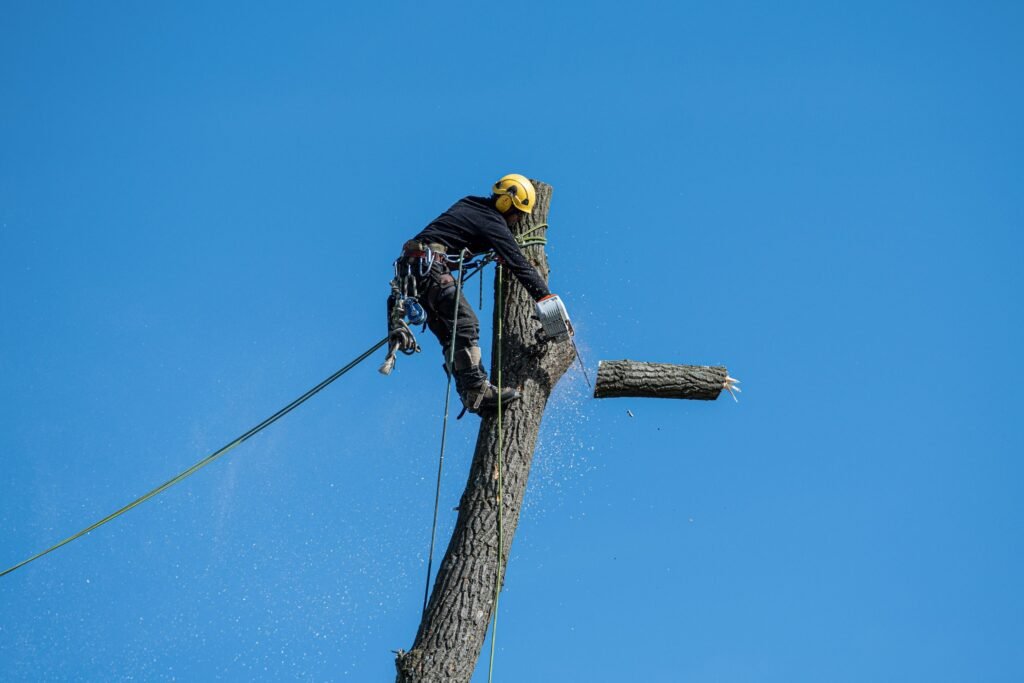One of the key equipments for flying multi rotor aircraft is radio transmitter (TX) and radio receiver (Rx) of FPV drone.
Radio transmitter of FPV drone
FPV drone radio transmitter is a kind of electronic equipment, which uses radio signals to transmit commands to the radio receiver through the set radio frequency, and connect to the remote control aircraft or multi rotor. In other words, it is a device that converts the pilot’s command into the motion of a multi rotor aircraft.
In some radios there is an option to connect an external transmitter module. This makes it possible to use different frequencies (e.g., 900MHz in 2.4GHz radio) or different receivers from other brands / protocols (crossfire crsf module and crossfire V2 micro receiver in frsky Taranis).
channel
The radio transmitter of FPV drone sends commands through the channel. Each channel is a single action sent to the aircraft.
Throttle, yaw, pitch and roll are the four main inputs to control the four axis vehicle. Each of them uses one channel, so at least four channels are required. Each switch, slider or knob on the transmitter uses a channel to send information to the receiver.
The following is a typical example of FPV racing channel settings: a switch armed aircraft, a switch on buzzer and a switch used to select different flight modes. Therefore, a 6-channel radio is recommended.
The basic 4-6 radio is usually the cheapest. Radios with more than six channels are usually more expensive.
Balance ring
The universal joint is a lever that converts the pilot’s input into digital data for transmission to the radio receiver.
There are two kinds of universal frames in common use
Hall effect gimbal (digital)
Potentiometer gimbal (simulation)
The Hall effect frame uses a Hall sensor with a magnet to capture the position value of the patch, so it is more resistant to wear. These balance frames are also more accurate.
Potentiometer type balance frame uses a brush to capture the input value of the stick, so it is easy to wear faster.
The M3 or M4 threads made of cardan rods allow you to attach different types of rod ends. Pilots who prefer to fly in “clip” mode may prefer a different end of the joystick to those who prefer to fly with their thumbs. Generally speaking, the length of the stick is about 25-27mm. They can be adjusted to individual preferences.
Here is an example of different types of stick ends:
Radio transmission mode of FPV drone
When purchasing the radio transmitter of FPV drone, you need to determine which “mode” you prefer to use when flying.
The pattern determines that the motion of the aircraft is assigned to a certain rod motion. There are four transmitter modes, mode 2 is the most popular and is usually set as the default mode for most radios.
frequency
The common frequencies of FPV drone radio transmitter are 27MHz, 72mhz, 433MHz, 900MHz, 1.3GHz and 2.4GHz
433MHz, 900MHz and 1.3GHz are commonly used in remote FPV and RC systems.
27MHz and 72mhz are old frequencies used in RC for many years. Devices working on these frequencies use crystals to bind the transmitter to the receiver. Except that some RC toys are still on the market, they are rarely used.
2.4GHz is the most commonly used frequency. This is an updated technology, which provides “frequency hopping” function, and can manage the frequency transmission of multiple users at the same time. This ID is accomplished by scanning the frequency band and finding the best available channel in the transmission process. The 2.4GHz antenna is also very compact. Generally speaking, the lower the frequency, the larger the antenna. For this reason, 2.4GHz soon became a “hot” frequency.
Open TX
Opentx is an open source custom firmware for RC radio transmitter compatible with the following radios (January 2018)
FrSky Taranis X9D, Q7X, X9E
FrSky Horus X10, X12
Turnigy 9 x
FlySky 9 x
Opentx is a highly configurable system that provides a wide range of options for all types of RC models. It was created by the FPV pilot, with frequent updates, bug fixes and new features released in the pilot’s mind.
The main features of opentx are as follows:
In flight, audio / voice feedback with custom sound is stored on the transmitter’s Micro SD card
A large number of models can be stored on the radio, if stored on the micro – SD card, or even more
Logic switches and special features for programming custom behavior on the radio (e.g. with custom audio feedback at low battery voltage or high MAH consumption)
Lua script – a powerful tool that can change the parameters of a video transmitter or the settings of a flight controller directly from the radio without having to connect to a computer
Allows the radio receiver firmware to flash directly from the radio transmitter
Through opentx software configuration, all models, settings and even the whole radio transmitter firmware can be copied or backed up on the computer. The supporting application program can also simulate the radio transmitter firmware on the computer
telemetering
Telemetry is the transmission of data from the radio receiver back to the radio transmitter.
It usually contains all kinds of information, depending on the type of radio and the flight controller. The most critical information is the battery voltage reading, current plotting and “RSSI” (radio signal strength indication).
Telemetry data can be displayed on the telemetry screen (in opentx) or customized as an audio warning. sprunki horror Endless Fun Awaits!



